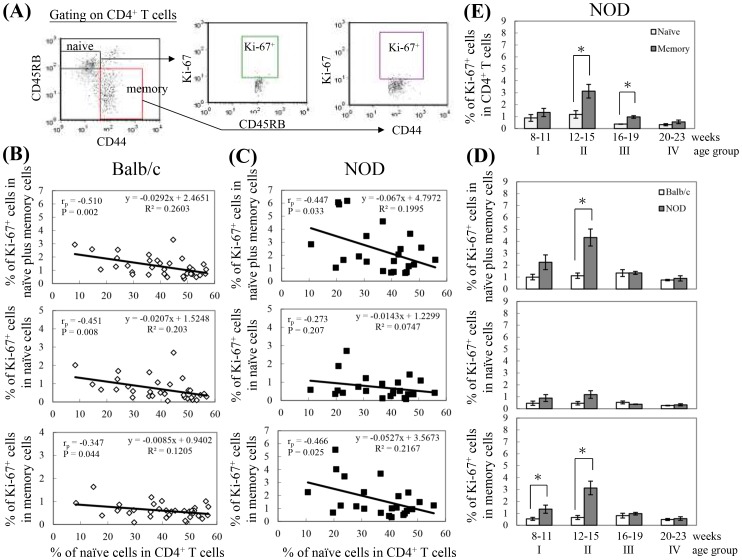Figure 6. Correlation between the percentage of Ki-67-positive cells in naïve, memory, or naïve plus memory CD4+ T cells and the percentage of naïve cells in CD4+ T cells.
Splenocytes isolated from Balb/c and NOD mice were stained with APC-conjugated anti-CD4, FITC-conjugated anti-CD44, PE-conjugated anti-CD45RB, and Per-CP-conjugated anti-Ki-67, and then 30,000 cells were analyzed with flow cytometry with gating performed on live CD4+ T cells, naïve (CD45RB+CD44−) CD4+ T cells, and memory (CD45RB−CD44+) CD4+ T cells (A). (B, C) The dot plots represent correlation between the percentage of Ki-67-positive cells in naïve, memory, and naïve plus memory CD4+ T cells and the percentage of naïve cells in CD4+ T cells of Balb/c (B) and NOD (C) mice. Data for each experiment were pooled for 2 spleens (Balb/c: n = 66 mice; NOD: n = 46 mice). Pearson correlation coefficients (rp), P values, and the regression equation are shown in each panel. (D) The bar plots show the percentage of Ki-67-positive cells in naïve, memory, and naïve plus memory CD4+ T cells in each age group. Each point represents the mean ± SEM for data obtained from 3 to 7 experiments (age group I: Balb/c: n = 12 mice; NOD: n = 8 mice; age group II: Balb/c: n = 10 mice; NOD: n = 14 mice; age group III: Balb/c: n = 12 mice; NOD: n = 10 mice; age group IV: Balb/c: n = 6 mice; NOD: n = 8 mice). *The values for NOD mice were significantly different from the values for the Balb/c mice at P<0.05. (E) The bar plots show the percentage of Ki-67-positive cells in naïve and memory CD4+ T cells in each age group of NOD mice. Each point represents the mean ± SEM. *The values for memory cells were significantly different from the values for naïve cells at P<0.05.

